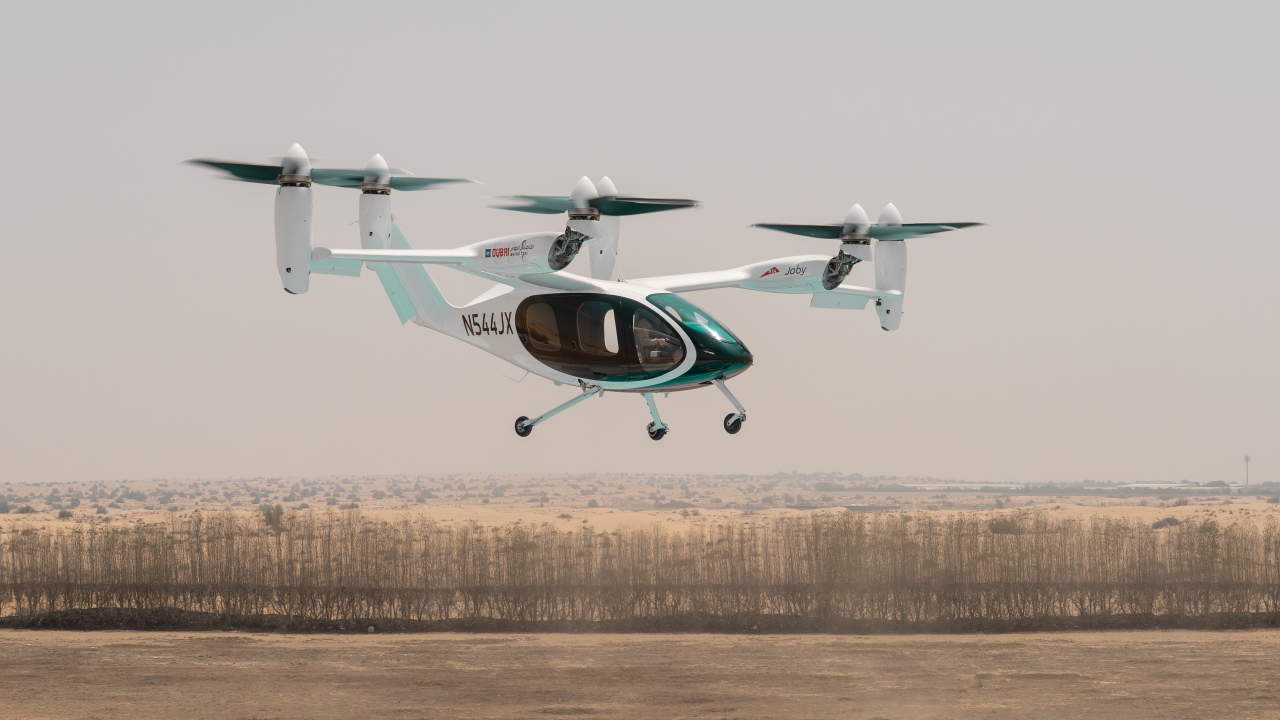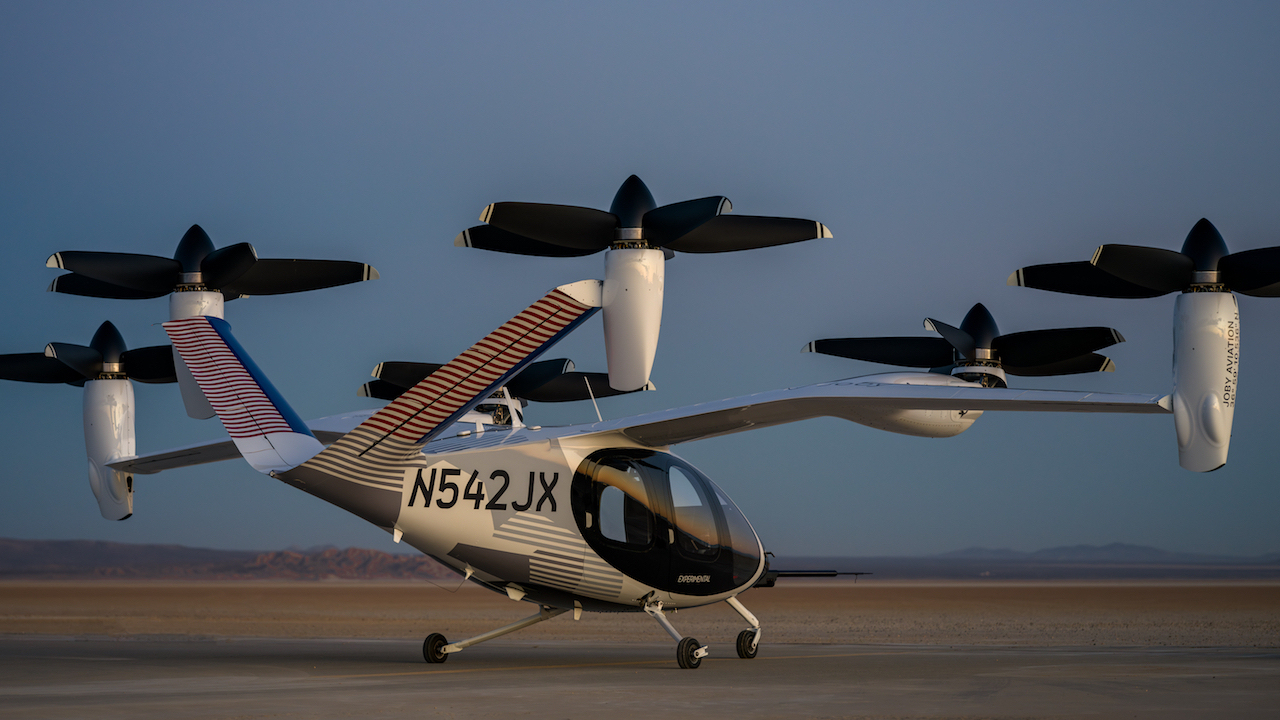GCAA issues first regulatory framework for hybrid operations
The General Civil Aviation Authority (GCAA) has issued the world’s first regulatory framework for hybrid operations, enabling both electric Vertical Take-Off and Landing aircraft (eVTOLs) and conventional helicopters to operate interchangeably on the same infrastructure.

Image: Joby
This innovative regulatory framework represents a significant leap in integrating Advanced Air Mobility (AAM) solutions into existing aviation systems. It offers a cost-effective model for infrastructure development, accelerates operational readiness, and aligns with the UAE government’s directives to implement high-efficiency, non-bureaucratic solutions across various sectors.
His Excellency Saif Mohammed Al Suwaidi, director general of the GCAA, said: “The UAE has always been at the forefront of excellence in aviation. This pioneering regulatory framework does not merely enable new technology; it redefines how aviation evolves. It reflects our commitment to innovation in developing a supportive ecosystem for the growth of this vital sector and a future where advanced air mobility is seamlessly integrated into our national infrastructure.”
The hybrid operations framework results from close collaboration with international partners in the advanced air mobility sector and is fully aligned with the UAE’s national vision for sustainability, smart mobility, and optimised infrastructure use. By enabling dual-use between conventional helicopter pads and electric vertical takeoff and landing pads, this initiative helps accelerate implementation timelines, optimises infrastructure utilisation, and cements the UAE’s position as a leader in fostering an integrated ecosystem supporting the future of aviation.
Aqeel Al Zarouni, assistant director general for Aviation Safety Affairs at the GCAA, added: “We are proud to develop a regulatory framework that combines innovation with effective safety oversight. This framework is a strategic enabler, not only for new modes of transport but for a smarter, more flexible regulatory environment that keeps pace with emerging technologies without compromising safety standards.”
Stay up to date
Subscribe to the free Times Aerospace newsletter and receive the latest content every week. We'll never share your email address.

